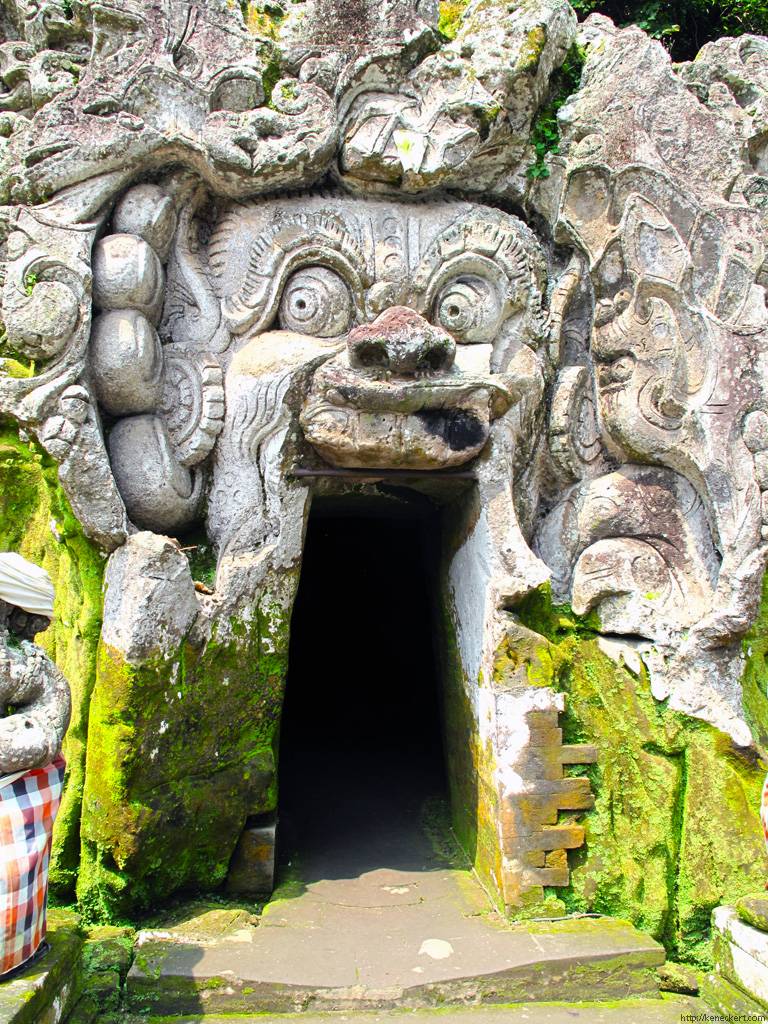The Goa Gajah Elephant Cave Temple is a significant archaeological site located on the island of Bali, Indonesia. Known for its intricate rock-wall carvings, central meditational cave, and bathing pools, it dates back to the 9th century. The site blends Hindu and Buddhist elements, reflecting the religious history of the region. It’s a popular destination for tourists and a point of interest for historians and archaeologists alike.
Religious Structures
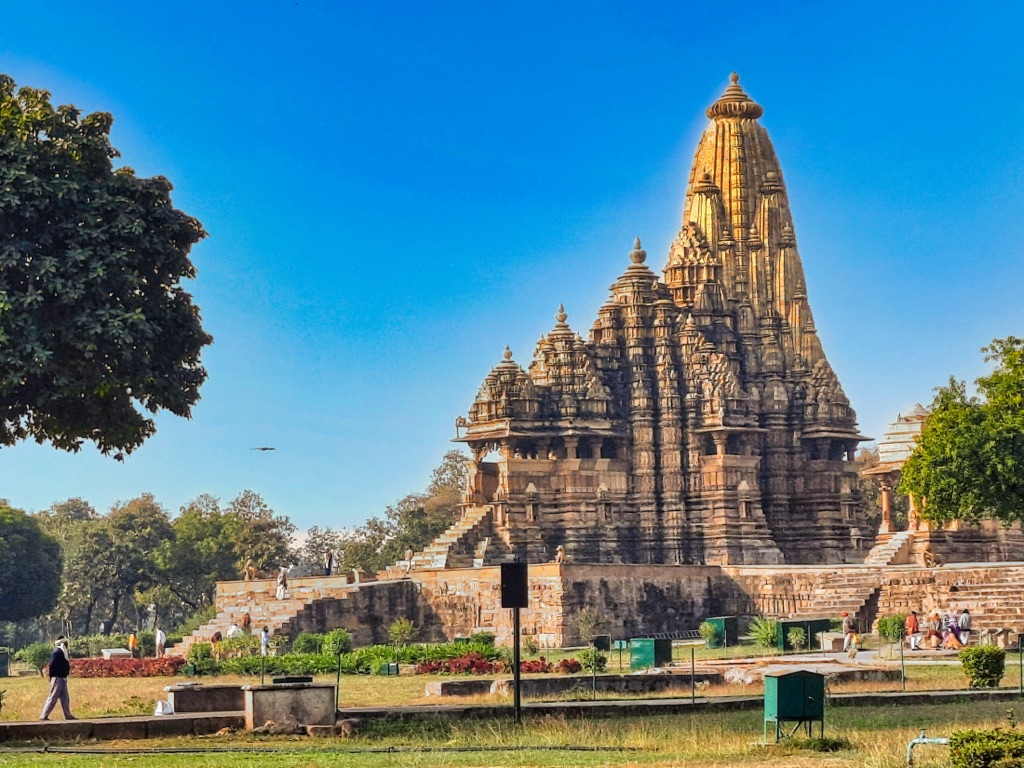
Kandariya Mahadeva Temple
The Kandariya Mahadeva Temple stands as a testament to the architectural and spiritual zenith of the Chandela dynasty. Located in Khajuraho, Madhya Pradesh, India, this temple is the largest and most ornate Hindu temple in the medieval temple group found at the site. Dedicated to Lord Shiva, it represents the pinnacle of North Indian temple architecture with its intricate carvings, soaring shikhara, and complex symbolism. The temple, dating back to the 11th century, is a UNESCO World Heritage Site and continues to draw admirers from around the world for its artistic magnificence and historical significance.
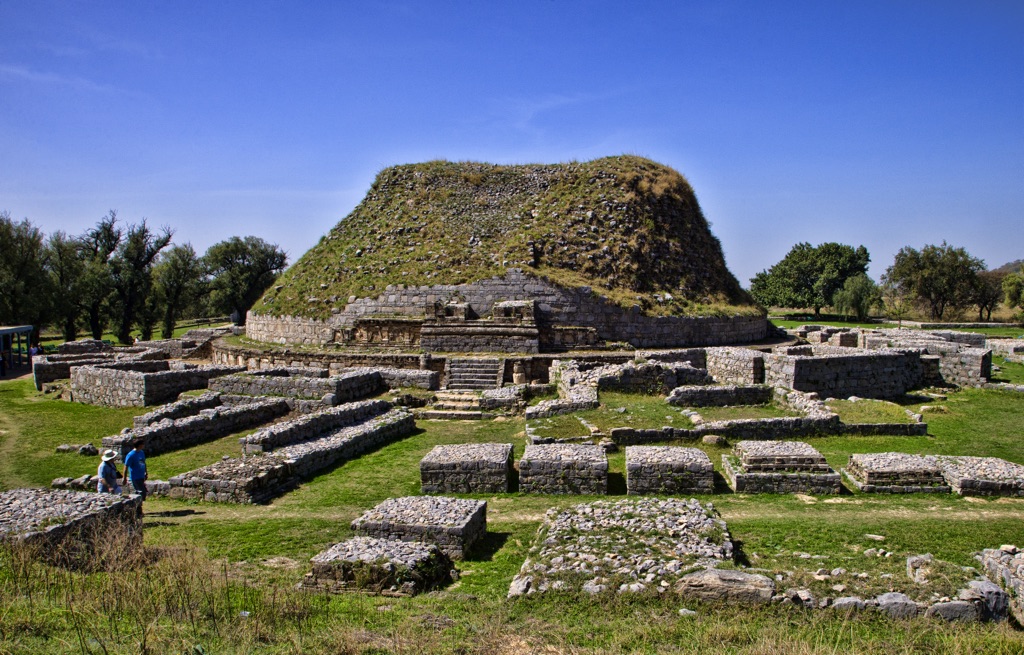
The Dharmarajika Stupa (Taxila)
The Dharmarajika Stupa, a significant Buddhist structure, stands as a testament to the religion’s ancient roots and influence. This stupa, located in Taxila, Pakistan, is part of a larger complex that was once a hub for Buddhist learning and worship. It is believed to have been established by Emperor Ashoka in the 3rd century BCE. The Dharmarajika Stupa holds not only religious significance but also historical and archaeological importance, as it provides insights into the Buddhist culture that once flourished in the region.
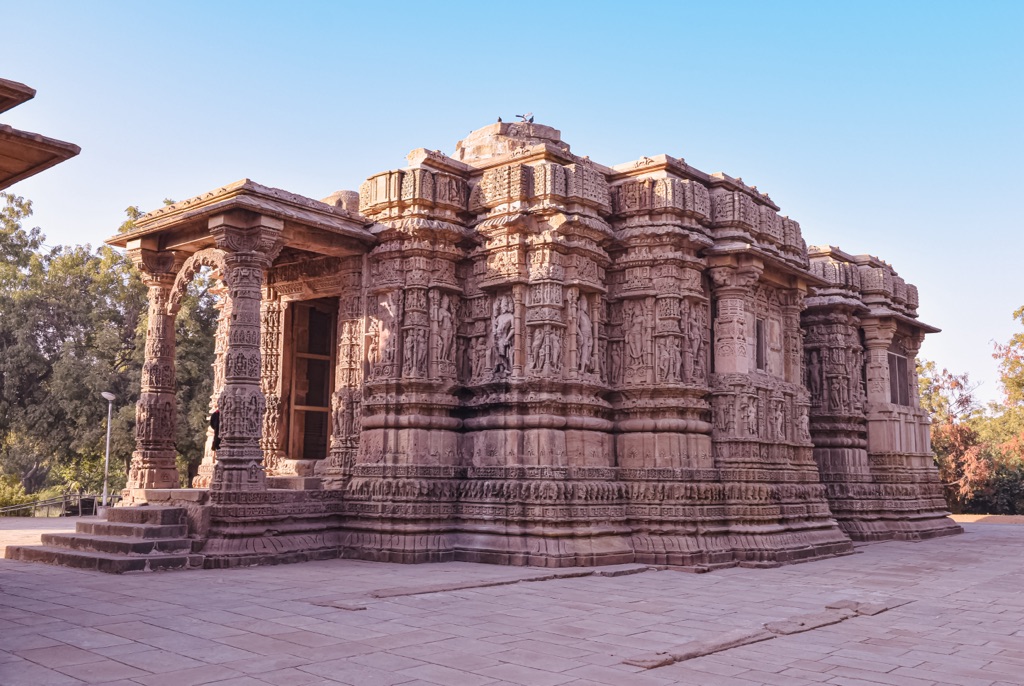
Sun Temple Konark
The Sun Temple Konark, located in the eastern state of Odisha, India, is a 13th-century architectural marvel and a UNESCO World Heritage Site. Dedicated to the Hindu Sun God Surya, this temple is renowned for its intricate carvings, colossal chariot shape, and sophisticated engineering. It stands as a testament to the artistic and scientific achievements of ancient India. The temple’s design symbolizes the chariot of Surya, with 24 wheels and seven horses, reflecting the passage of time and the perpetual cycle of days and nights.
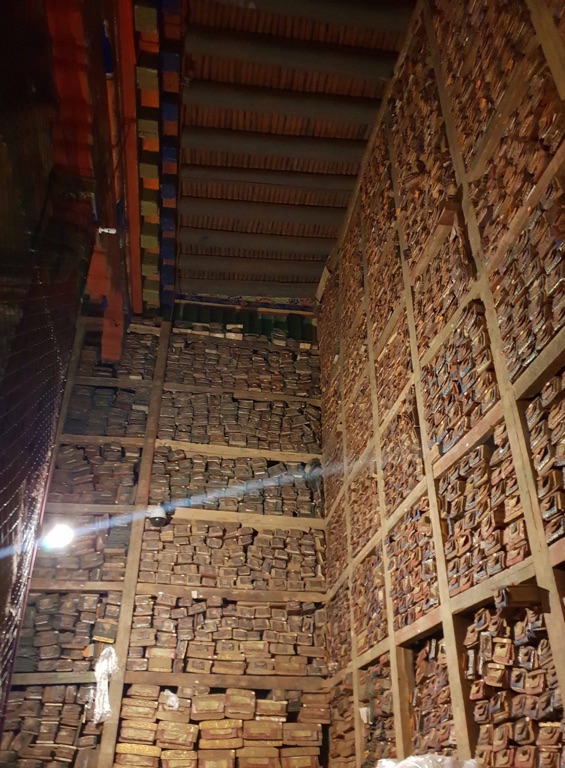
Sakya Monastery
Sakya Monastery, a significant historical and religious site, stands as a testament to Tibetan Buddhism’s rich heritage. Nestled in the town of Sakya in the Tibet Autonomous Region, it is the principal monastery of the Sakya sect of Tibetan Buddhism. Founded in 1073 by Khon Konchog Gyalpo, it became a pivotal center for Buddhist learning and culture. The monastery is renowned for its vast collection of scriptures, murals, thangkas, and religious artifacts. It also features a unique architectural style, with its grand hall and fortress-like walls, reflecting the fusion of religious and military functions throughout its history.
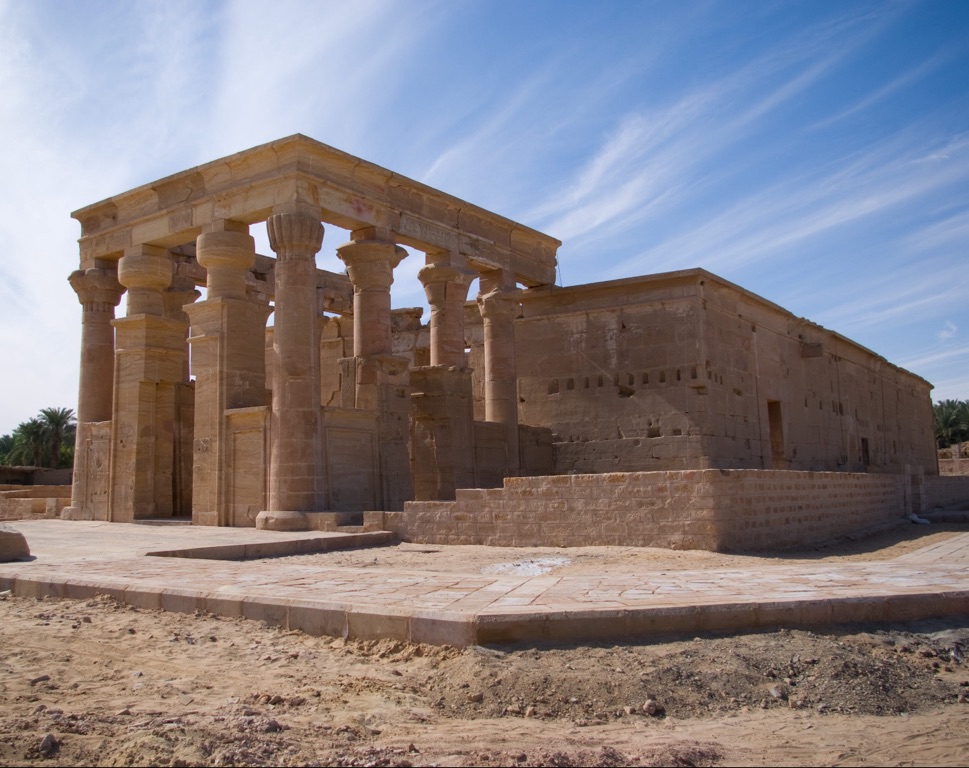
Temple of Hibis
The Temple of Hibis stands as a remarkable testament to ancient Egyptian civilization, nestled in the Kharga Oasis. It is the largest and most well-preserved temple in the oasis, dedicated to the Theban triad of Amun, Mut, and Khonsu. The temple showcases a blend of Egyptian architectural styles, with influences from the Persian period. Its walls are adorned with intricate inscriptions and vibrant paintings that have withstood the test of time, offering a glimpse into the religious practices and artistic achievements of the era.

